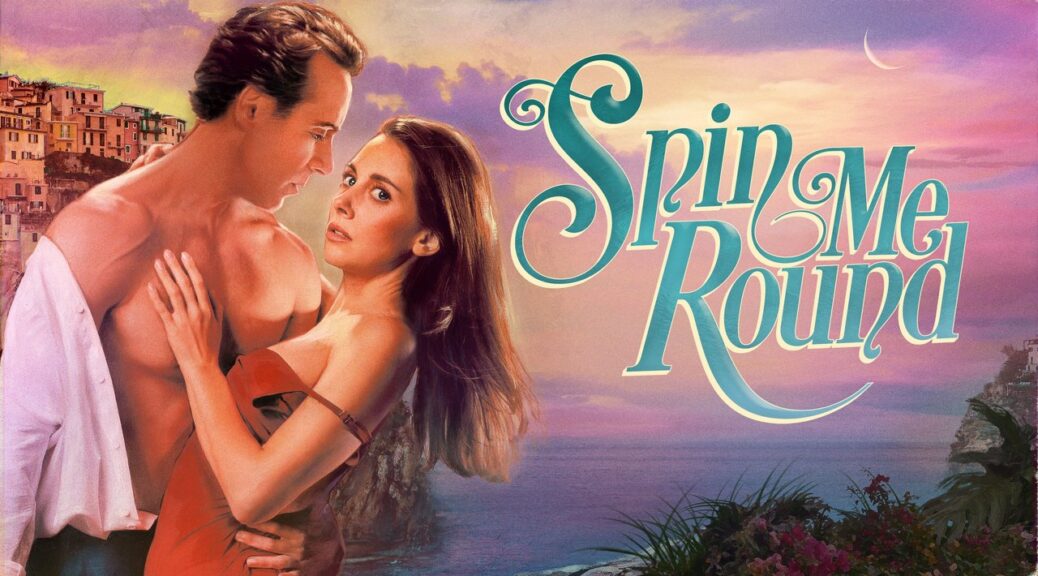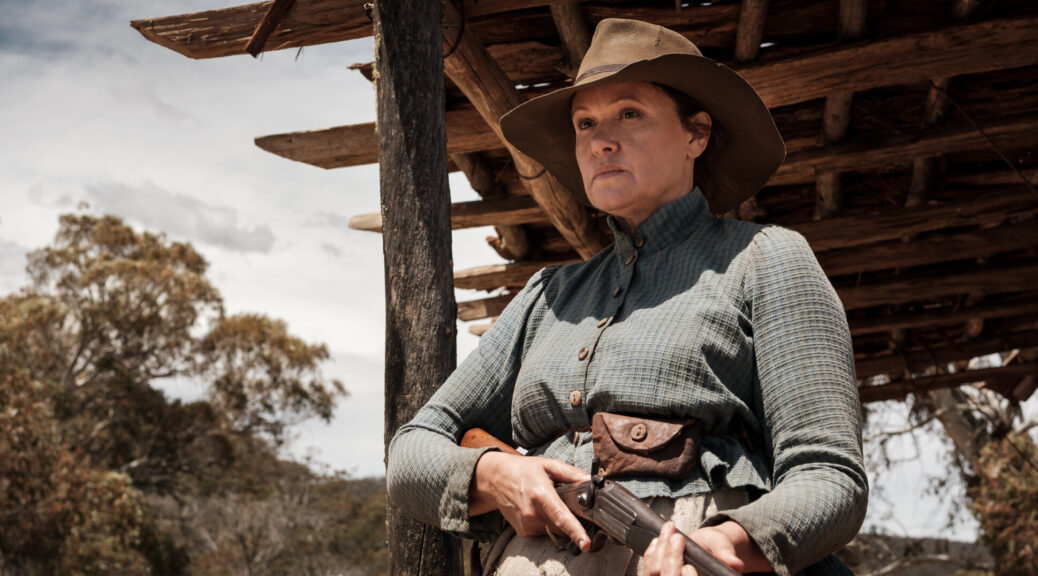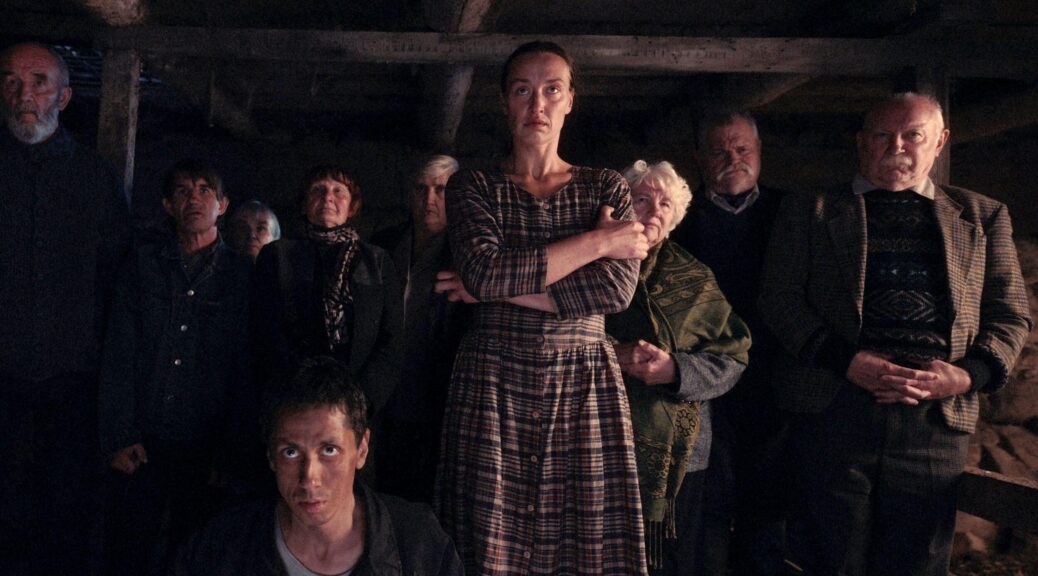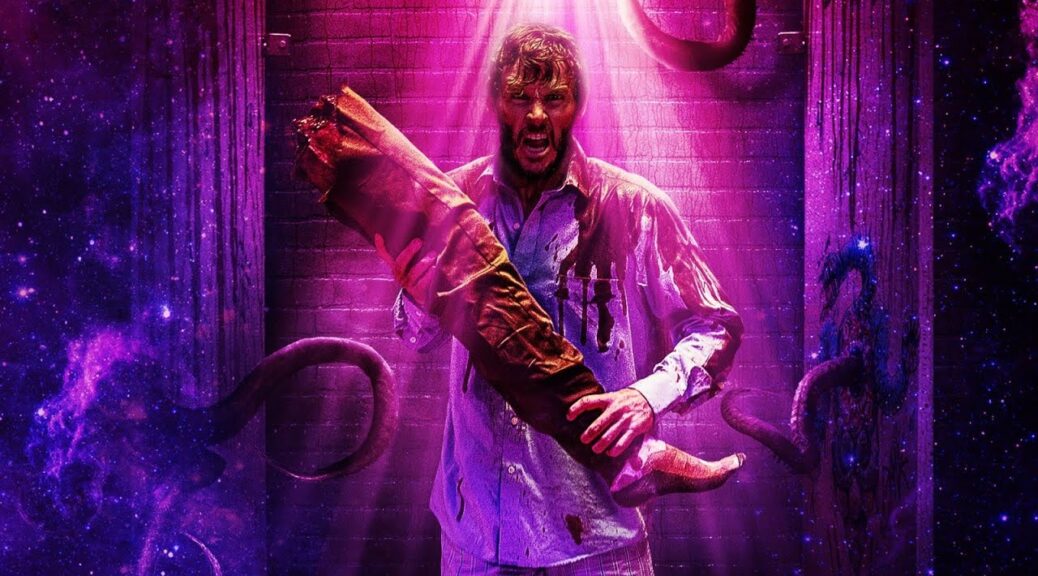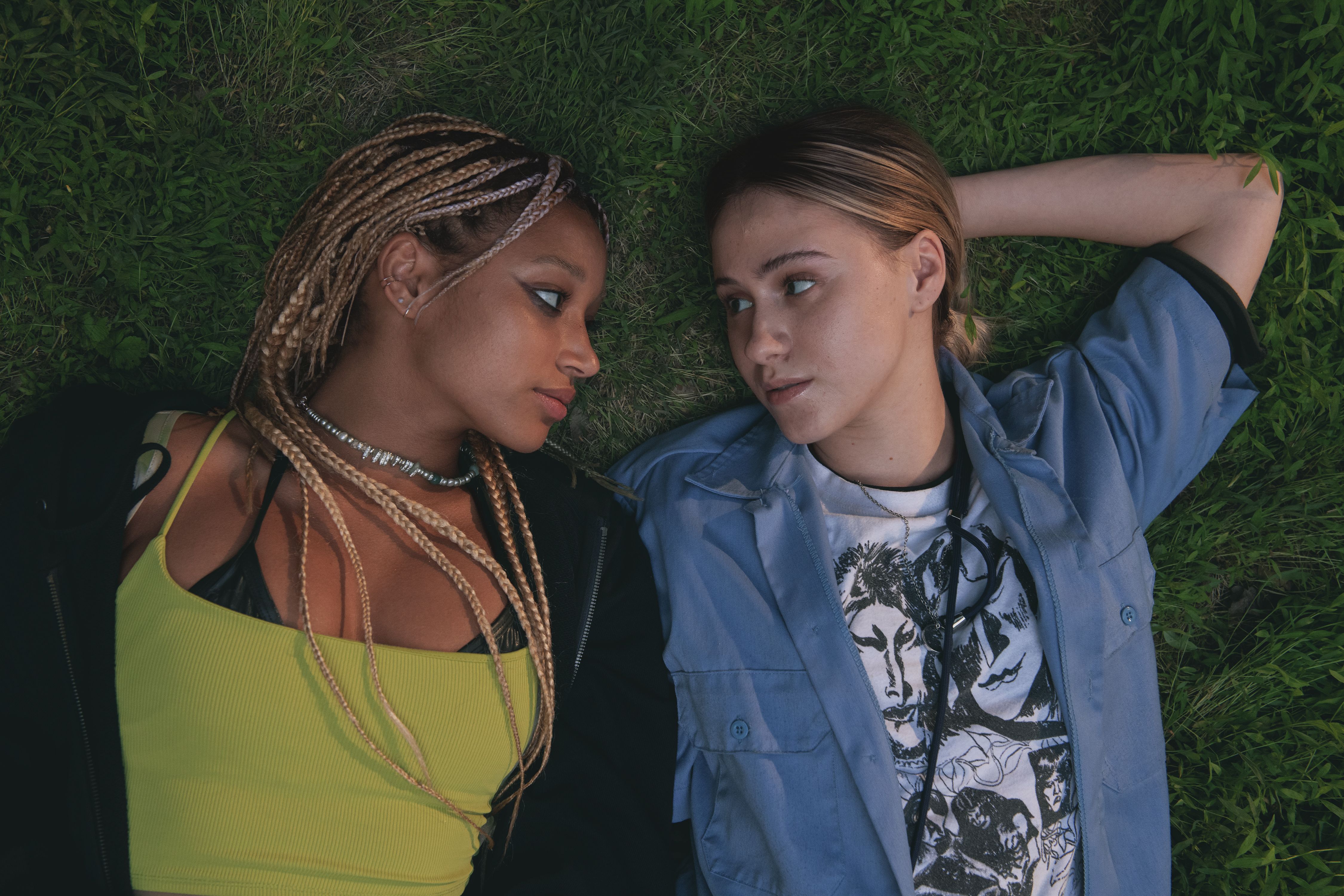Spin Me Round
by George Wolf
A madcap reminder that what seems too good to be true probably is, Spin Me Round finds Alison Brie and an engaging ensemble looking for love in the time of endless breadsticks.
Brie co-writes the screenplay and stars as Amber, the manager of the Bakersfield, CA branch of Tuscan Grove restaurants, an Olive Garden-type Italian chain. Single and not loving it, Amber’s luck turns when her supervisor (Lil’ Rel Howry) tells her she’s won a spot in the company’s “Exemplary Manager’s Program.” And that means a free trip to the Tuscan Grove Villa in Pisa, Italy!
Ciao, suckers, think of me when you’re rolling silverware!
Okay, so the hotel isn’t quite as nice as expected, and her fellow winning managers are a little eccentric (including the great Molly Shannon as a woman really needing the meds that were lost with her luggage), but Tuscan Grove CEO Nick Martucci (Alessandro Nivola) is here in person!
Nick’s suave and handsome, and when his assistant Cat (Aubrey Plaza, perfectly condescending but curiously underused) delivers an invite to Nick’s private yacht, it’s Amber’s head that starts swimming. Could her BFF’s (SNL’s Ego Nwodim) predictions of amore be coming true, or is this too much too soon?
Bet you can guess.
But director and co-writer Jeff Baena (The Little Hours, Horse Girl, the I Heart Huckabees screenplay) is eager to take the film off the expected rom-com path. Just when you think you’ve got it pegged, there’s wild boars, kidnapping, shady characters and plenty of suspicion.
Brie is always likable, and her wide-eyed and accommodating Amber is the perfect tour guide through this land of tonal shifts and total weirdos (including Fred Armisen, Ben Sinclair and Tim Heidecker). And while the film is never uproarious, it’s consistently amusing and never a bore.
But what’s the end game here? Pointing out how many rom-com’s find romance in sexual harassment? How day to day drudgery can easily breed unrealistic fantasy? The consistent appeal of bland comfort food?
There’s a dash of all that in Spin Me Round‘s entree. It’s light but filling, with a pleasing aftertaste. Just don’t spend too much time wondering what’s going on in the kitchen, and dig in.
